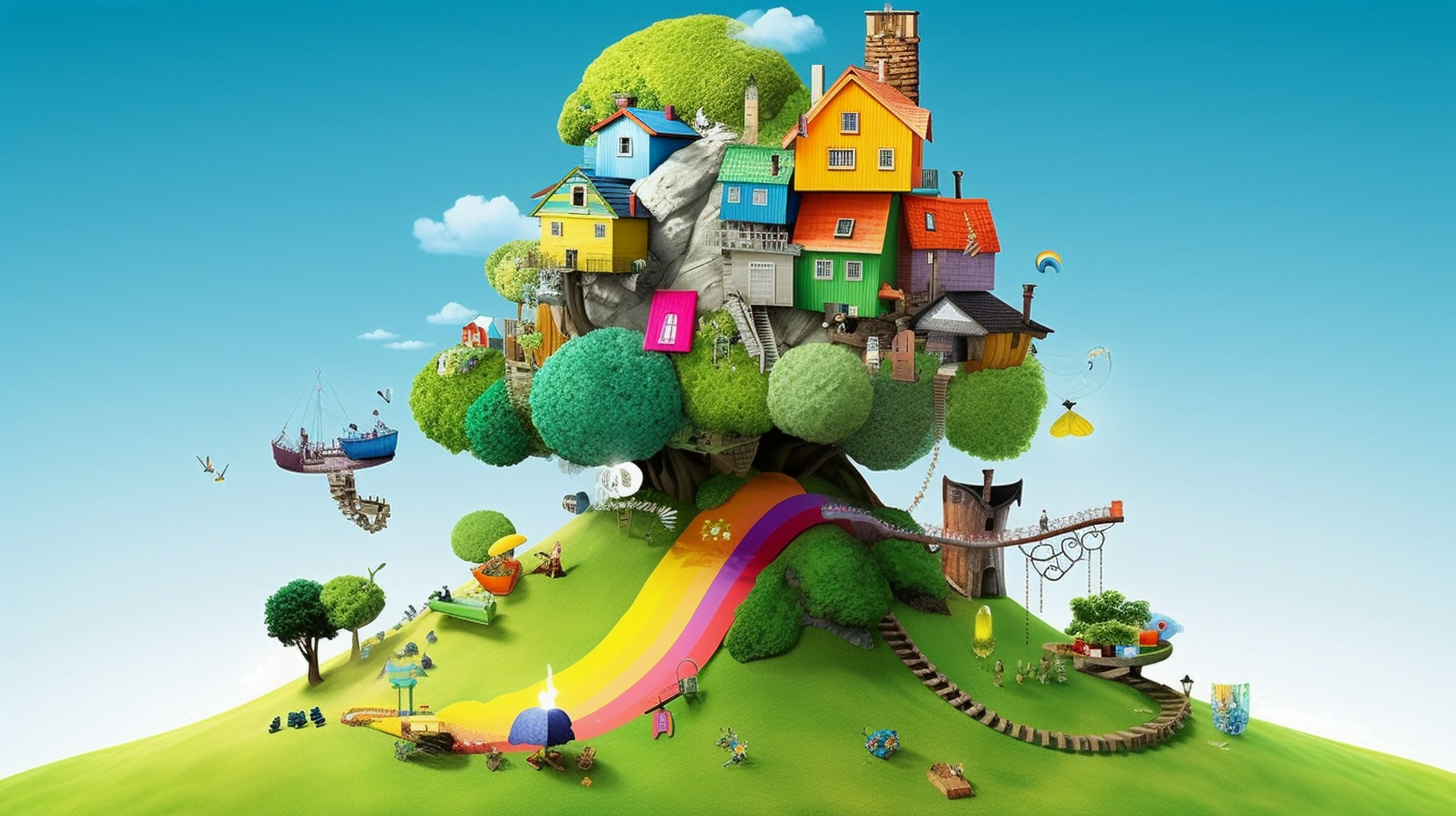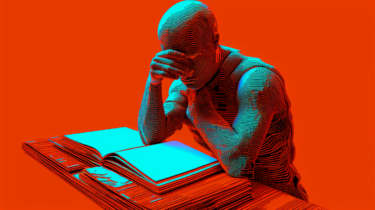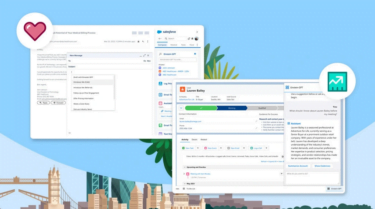The open-source software DreamGPT aims to produce particularly creative results by making hallucinations of LLMs a feature.
A common criticism of large language models is that they are not grounded in reality and can make things up. This poses dangers, such as mistakes in searches or news stories that go unnoticed because the language model is confident in its output.
The open-source software DreamGPT aims to make this phenomenon a feature by deliberately creating and amplifying hallucinations for lateral thinking and innovative ideas. Instead of solving specific problems, DreamGPT is designed to explore as many options as possible, generating new ways of thinking and driving them forward in a self-reinforcing process.
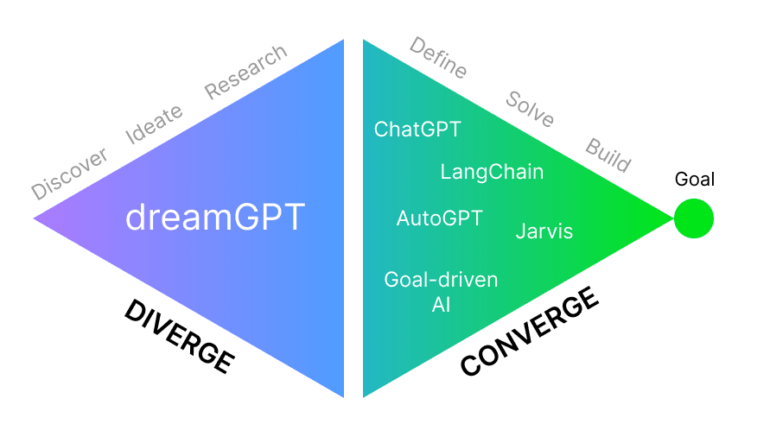
Generated innovation
The principle of DreamGPT is simple: First, the program randomly selects from a set of predefined concepts, i.e., individual words such as metal, hat, song, and so on. Then it generates a set of ideas from these concepts by giving them a title and a description. More than 750 of these concepts are stored in the program and can be expanded or specified.
The program then evaluates the generated ideas according to factors such as "novelty" or "usefulness", mixes them together, and selects the most original variants as the starting point for new ideas. These range from business models to game concepts.
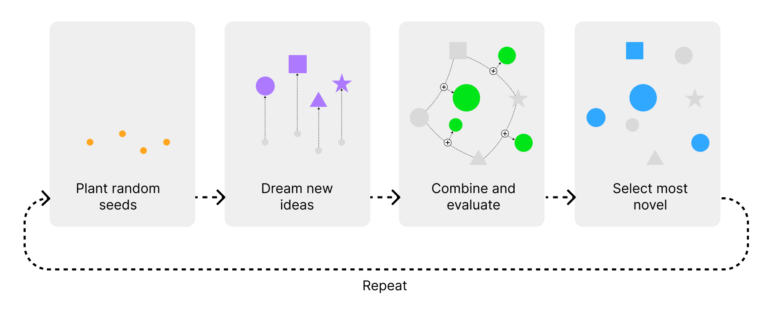
- noveltyScore: measures how unique and distinct this concept is from anything else seen before.
- marketScore: measures the potential market ($$$) for this concept.
- usefulnessScore: measures the potential benefit of use of this concept.
- easeOfImplementationScore: measures how easy it would be to make this concept a reality.
- impactScore: measures the potential positive impact in the world of this concept.
DreamGPT Evaluation Factors
The following screenshot shows the output after a first run with low creativity scores, which should increase in subsequent runs. The longer DreamGPT runs, the stronger the hallucinations should become and the more original the ideas.
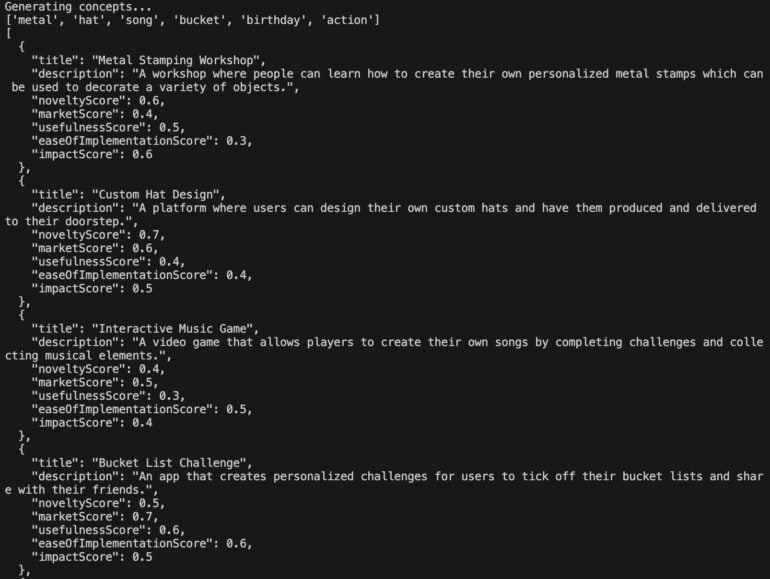
Dream with DreamGPT
DreamGPT is based on a comprehensive prompt that assigns GPT-3.5 the role of an ideation expert, creative director, and idea generator, including knowledge of research methods and design thinking, as well as strong analytical skills and knowledge of numerous industries, trends, and technologies.
The program runs on OpenAI's GPT-3.5 and is open source. Installation instructions are available on Github. DreamGPT is licensed under the MIT License and can be used commercially.
